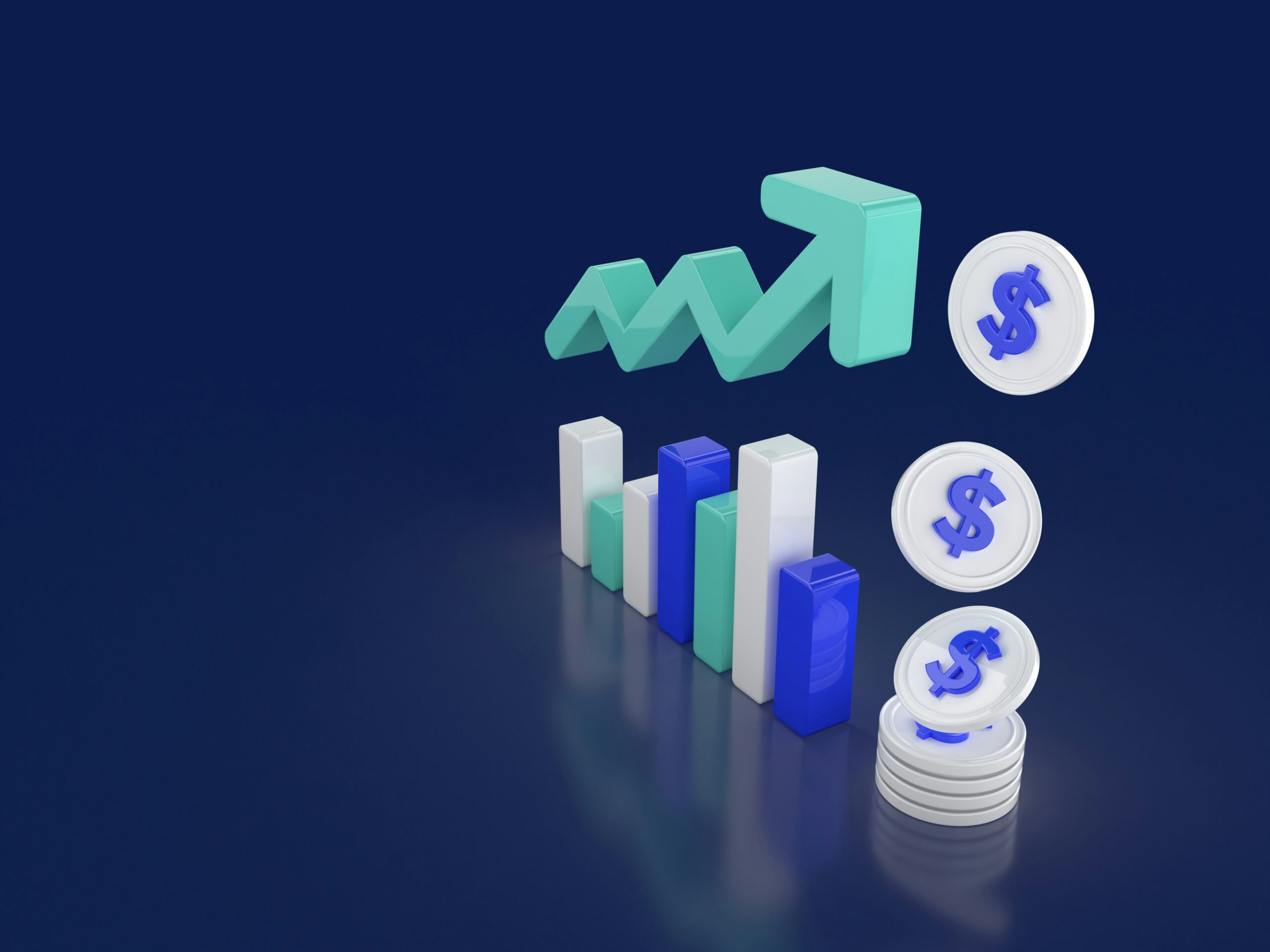
Understanding the future of a business often comes down to a single concept—cash flow. Cash flow forecasting helps companies anticipate their financial position, identify shortfalls, and plan for growth. In today’s volatile markets, relying on outdated spreadsheets and intuition is no longer enough. Instead, advanced financial models provide the precision and adaptability to make informed, data-driven decisions. These tools don’t just streamline financial planning; they also empower executives to navigate uncertainty with greater confidence.
As companies grow and transactions become more complex, forecasting cash flow becomes increasingly critical. Transitioning to more sophisticated modeling techniques ensures that forecasting isn’t just an administrative function but a strategic imperative. With real-time data integration and predictive algorithms, businesses gain a clearer view of their financial trajectory. This insight allows them to optimize operational decisions and seize new opportunities with clarity.
Understanding the Foundations of Advanced Modeling
While traditional models focus on historical data, advanced financial models utilize predictive analytics to enhance accuracy. These models integrate various data sources—sales projections, inventory cycles, and market trends—into a unified framework. This dynamic approach allows companies to adjust forecasts quickly in response to real-world developments. For instance, shifts in customer demand or supplier delays can be factored into projections almost instantly.
Transitioning from static to dynamic modeling provides more than efficiency; it drives more intelligent decision-making. Financial teams can simulate multiple scenarios, test assumptions, and gauge potential outcomes. By doing so, they better understand the implications of their strategic choices. This kind of preparation helps prevent costly surprises and fosters a proactive mindset across the organization.
Bringing Real-Time Data into the Equation
One of the most potent advantages of advanced cash flow forecasting is the ability to harness real-time data. Unlike static reports, these models continuously ingest data from various internal and external systems, including ERP software, CRMs, and even APIs connected to banking institutions. This integration ensures that forecasts remain accurate and reflect the current financial environment.
Moreover, real-time data enables decision-makers to act swiftly when variances arise. Whether it’s a sudden dip in revenue or an unexpected expense, businesses can recalibrate their financial strategy without delay. This agility can differ between sustaining operations and facing a liquidity crisis. In short, data-driven insights offer clarity and a competitive edge in a fast-moving marketplace.
Scenario Planning for Financial Resilience
Advanced financial models shine when it comes to scenario planning. Businesses no longer rely on a single “best guess” projection. Instead, they can model a range of possibilities based on different economic conditions, operational changes, or strategic moves. This foresight allows leaders to prepare contingency plans well in advance.
Scenario planning also enhances stakeholder confidence. Whether communicating with investors, board members, or lenders, presenting multiple forecast outcomes shows higher financial maturity and preparedness. By comparing optimistic, pessimistic, and most likely scenarios, companies demonstrate they have carefully evaluated the risks and potential rewards ahead. This fosters trust and encourages long-term support.
Enhancing Collaboration Across Departments
Effective cash flow forecasting extends beyond the finance team. Sales, operations, procurement, and HR all contribute data and insights that affect cash movements. Advanced models create a centralized platform where cross-functional teams can contribute to and interact with the forecast. This collaboration breaks down silos and ensures a more comprehensive financial outlook.
Encouraging communication across departments fosters accountability and shared ownership of financial outcomes. For example, if a sales team revises its revenue forecast, that change immediately updates the overall cash flow model. This synchronization prevents delays and misalignments that impact liquidity or budget planning. When everyone operates from the same financial truths, decision-making becomes faster and more cohesive.
Adopting Technology Without Losing the Human Touch
Even with the rise of machine learning and artificial intelligence in financial modeling, the human element remains indispensable. Technology can process vast amounts of data, but finance professionals interpret the results, challenge assumptions, and apply context. As advanced tools grow in capability, they should be viewed as partners—not replacements—for skilled analysts.
Maintaining a balance between automation and human judgment leads to better outcomes. Professionals who understand both the technical and strategic aspects of forecasting can steer the conversation toward actionable insights. They can detect anomalies, assess emerging trends, and apply institutional knowledge that algorithms may overlook. Ultimately, this synergy between man and machine delivers the most reliable forecasts.
Building a Culture of Forecasting Discipline
For advanced cash flow modeling to reach its full potential, organizations must cultivate a culture of financial discipline. This means establishing routines for regular forecast updates, validating assumptions, and holding teams accountable for data accuracy. When everyone understands the value of forecasting and treats it as a living process, the benefits multiply over time.
Moreover, embedding forecasting into the strategic cycle ensures that it informs decisions at every level. Whether evaluating a capital investment, launching a new product, or adjusting headcount, having a clear view of future cash flows sharpens strategic focus. This discipline strengthens internal operations and increases investor confidence and market credibility.
Looking Ahead: Evolving with the Forecasting Landscape
As business environments evolve, so do financial forecasting methods. Emerging technologies like blockchain, decentralized finance, and IoT will further reshape how cash flows are monitored and predicted. Companies that remain agile and invest in modern financial modeling tools will be better positioned to adapt to these changes and maintain financial health.
Furthermore, embracing continuous improvement in forecasting practices sets the stage for long-term success. Companies can stay ahead of the curve by regularly reviewing model performance, refining inputs, and adopting new technologies. In an increasingly data-driven world, those who forecast well lead.
Advanced financial models are no longer a luxury—they are necessary for any business aiming to thrive in a complex economic landscape. By forecasting cash flows with precision, integrating real-time data, and promoting interdepartmental collaboration, organizations gain the clarity needed to navigate change and seize opportunity. Forecasting is not just about numbers—strategy, foresight, and the confidence to lead. Businesses that embrace this mindset and refine their financial tools will remain resilient, agile, and ready for whatever the future holds.